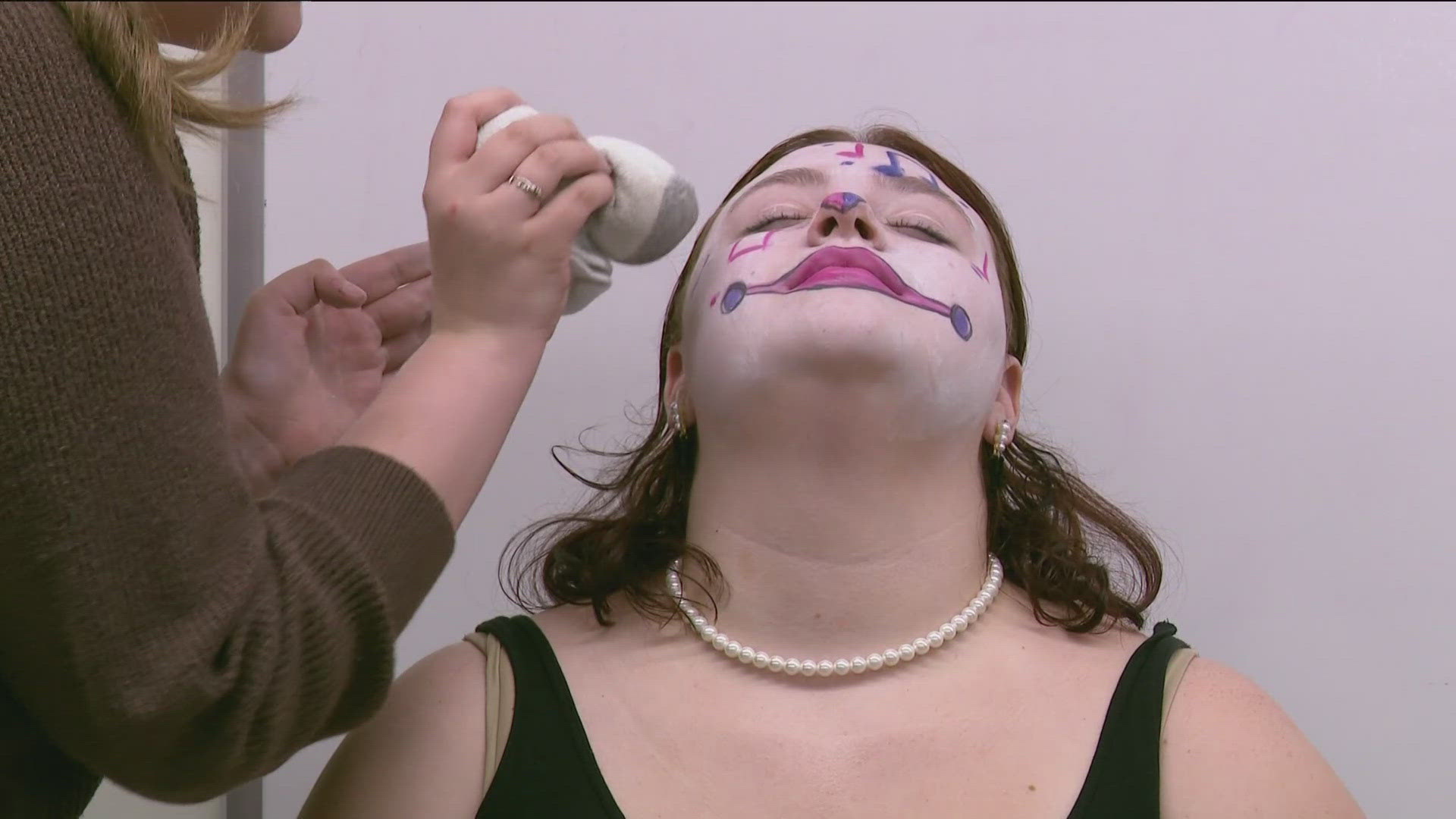COLUMBUS, Ohio — Editor's note: This story was originally published by the Ohio Capital Journal.
The Ohio State Teachers Retirement System on Thursday said that while it might have lost $27.2 million when Silicon Valley Bank failed earlier this month, it’s made more than $30 million since it started investing in the bank 24 years ago.
The system released the figure after a week of questions about its losses in the bank.
The bank, also known as SVB, was a harbinger of problems with other banks of its size. After it successfully lobbied to ease its regulations in 2018, the bank grew rapidly and made a big bet on interest rates staying low by investing heavily in long-term bonds.
COVID, war in Ukraine, and other factors have created inflation, prompting policy makers to raise interest rates to contain it. That, in turn, made SVB’s and similar banks’ investments in long-term bonds lose value.
In the aftermath of the SVB failure, New York-based Signature Bank followed suit, other mid-sized banks are struggling — and policy makers are still figuring out how to address the tumult.
But in the aftermath of the SVB failure, questions were raised about the State Teachers Retirement System’s investment.
Editor's note: Video in the player above was originally published in a previous story on March 13, 2023.
The head of a public pension watchdog, Equable, tweeted that the system’s stock was worth almost $40 million, apparently using outdated numbers. That would have made it the biggest public pension loss in the United States.
But when State Teachers Retirement System, or STRS, reported that on March 8, it’s SVB stock was worth $27.2 million, Equable updated that and other losses, making STRS’s the second-biggest loss of any public pension system.
But in using its stock’s March 8 value, STRS was likely reporting it at a low it hadn’t seen in some time. That was the day that SVB announced that it had sold $20 billion in long-term bonds at a loss of nearly $2 billion, prompting a run on deposits.
STRS was asked three separate times since last week what it had initially invested in the failed bank. In other words, what were its true losses, as opposed to the value of its stock as the bank was circling the bowl?
On Thursday came a responsive answer.
“STRS Ohio has bought and sold shares of SVB stock since 1999 and achieved net gains on this stock of over $30 million since inception, even after the write downs on March 8,” spokesman Dan Minnich said in an email.
It’s unclear from that information how wise the system’s investments in SVB have been, but the system was far from alone in buying shares. Mega investor Vanguard held huge stakes in both SVB and Signature.
But some retirees are upset over some other recent investments of their funds by the system.
It lost $10 million last year when cryptocurrency platform FDX imploded and in 2021, it lost $525 million on Panda Power Investments, a private equity firm.
The system’s large, well-paid staff manages huge, high-fee “alternative” investments in things like private equity. But a spokesman last summer said that over the previous decade those investments performed almost three percentage points worse than traditional investments.
A retirees’ group, the Ohio Retired Teachers Association, has been critical of such investments. But Scott DiMauro, president of a major teachers union, the Ohio Education Association, last week sent a letter to members saying critics of the system “bend the facts and do not tell the whole story.”
Asked whether it was appropriate to make alternative investments when they performed substantially worse over a decade, DiMauro said that wasn’t the point.
“The alternative investments are part of a diversification strategy to protect against downside losses in bad markets,” he said in an email Thursday. “Their purpose is not to outperform the domestic stock market during bull markets.”
He pointed to a passage in a state auditors report released in January. It said that after performing worse than traditional investments from 2009 to 2021, STRS’s alternative investments did better in 2022.
DiMauro also cited a finding by the state auditor that STRS had performed in the top quartile of peer retirement funds.
“Top 25% performance is successful,” he said.
It rankled the retired teachers group when the system last August paid $10 million in bonuses — two months before actual losses of $5.3 billion came in for the prior year. That was 77% higher than some of the employees receiving bonuses estimated.
DiMauro said that the board only awarded the bonuses at the time of year called for in its policy. Not all losses could be known yet, because there is a lag in reporting some of them, he said.
Last year, STRS spokesman Nick Treneff was asked why the board didn’t change its policy so it could wait until all the numbers were in before deciding on performance bonuses. As board slots open up, new members come on in September, Treneff said. That means that if they waited until final numbers for the fiscal year came in before deciding bonuses, one of a new board member’s first votes would be on that, he said.
---
Read more: Ohio Capital Journal



